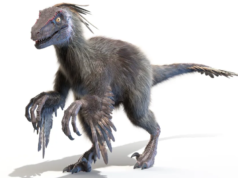
The discovery of approximately 80 fossilized tombs in Wyoming has provided an extraordinary glimpse into prehistoric life. These tombs, each filled with bizarre animal skulls and skeletons, tell a story of survival, adaptation, and loss in the Late Triassic period. Below, we go into detail about this fascinating discovery, and what it means for history as we know it.
An Unexpected Find in the Wyoming Desert

While exploring the Wyoming desert in 2014, David Lovelace, a researcher from the University of Wisconsin, came across some bizarre long cylindrical rock formations. These structures were big “Pringle cans” and they turned out to be fossilized ancient burrows. Initially, they were dismissed as geological oddities until a skull was found within one of them. Thus began an unplanned journey into understanding the lives of prehistoric amphibians that lasted about ten years.
The Mystery of the Sharp-Toothed Skull
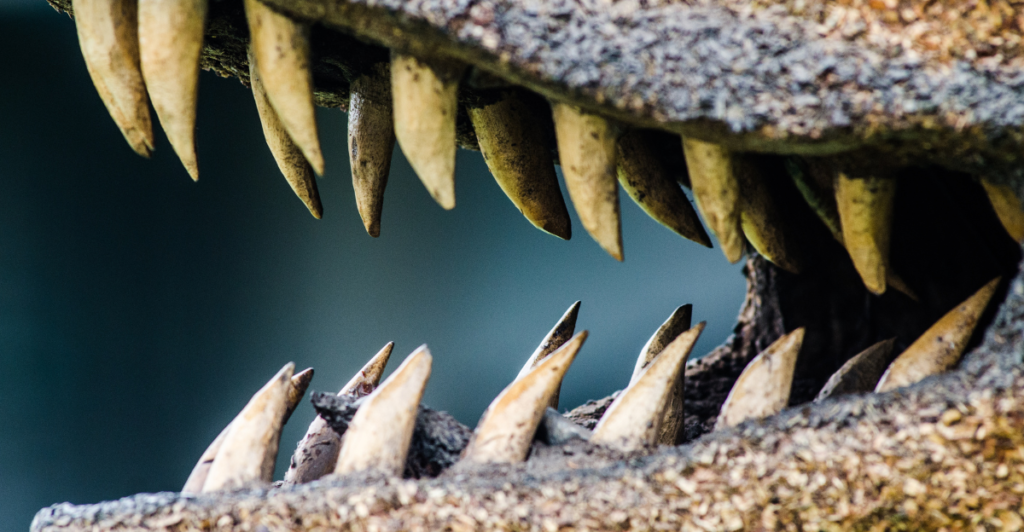
The first skull ever discovered baffled the researchers. It was tiny, sharp, and had needle-like teeth which made scientists think it belonged to a baby crocodile at first sight. However, closer scrutiny revealed that it was actually an amphibian. This led to inquiries concerning what it could have been several million years ago and how it could have contributed to ecosystems. In addition, the peculiar structure of its head, which was flattened with a scoop shape suggested that this skull belonged to an animal adapted for living in very special environmental conditions.
What Were These Burrows?
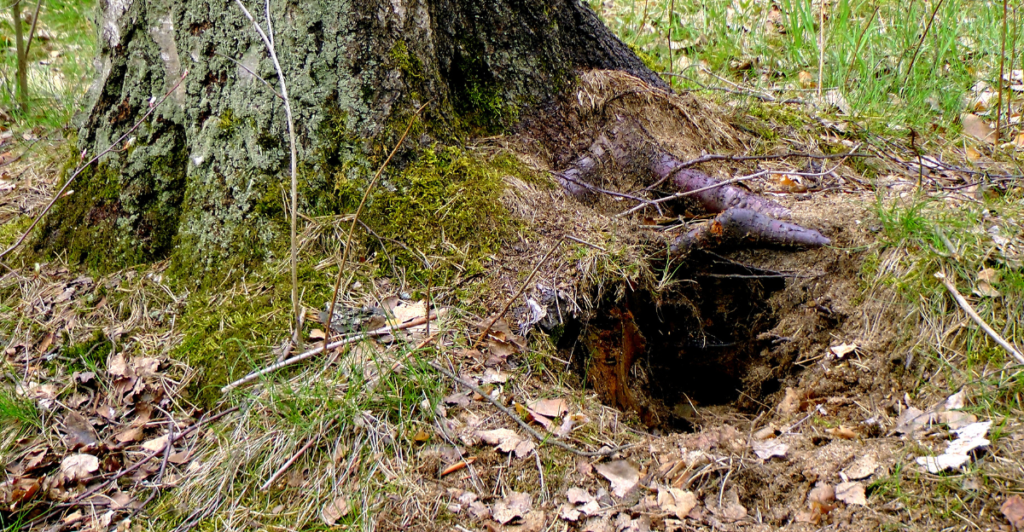
Were these burrows only fossilized tunnels or something else? These burrows were actually safe havens for survival. During the most severe drought, the burrows were about one foot long and offered a haven to amphibians. River beds were dug into by amphibians as seasonal rivers dried up. Tragically, some of these burrows became their final resting places when water never returned. These burrows, now filled with sediment, preserve the stories of creatures that lived millions of years ago.
Introducing Ninumbeehan dookoodukah
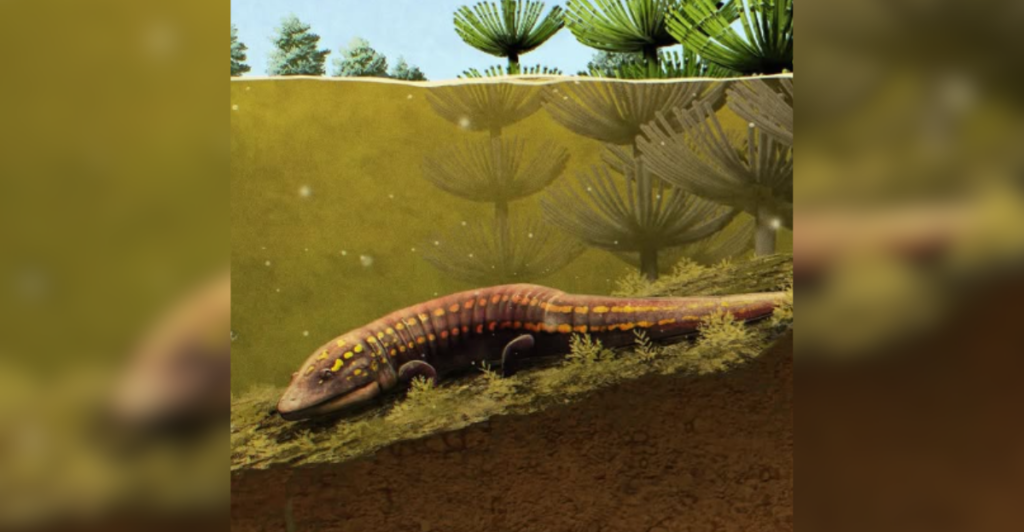
The newly-discovered species of amphibian was given the name Ninumbeehan dookoodukah meaning “Little People’s flesh eater” in Shoshone language. The discovery is named after the Eastern Shoshone people on whose ancestral lands it was made. It reflects the amphibian’s carnivorous nature as it possesses teeth like razors while incorporating local legends about the dwarf-like creatures known as Little People believed to dwell there too.
A Glimpse into the Late Triassic Period
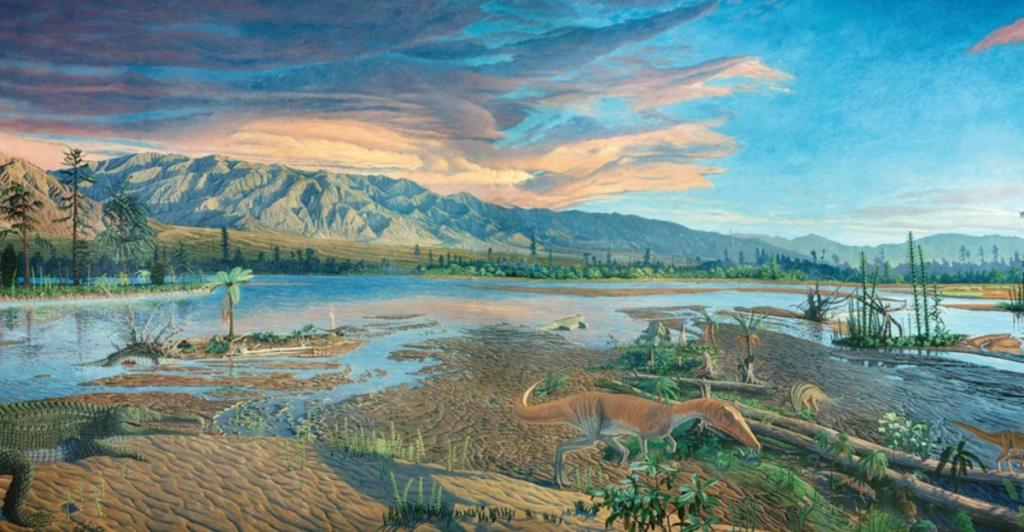
The Late Triassic period, over 200 million years ago, was a time of dramatic environmental shifts. During this period, Wyoming’s landscape was vastly different, consisting of lush river systems and floodplains. The amphibians unearthed in the fossilized burrows likely lived in these rivers, hunting small prey. However, they also faced challenges, including seasonal droughts that turned rivers into barren wastelands, forcing them to adapt or perish.
How Did They Survive?
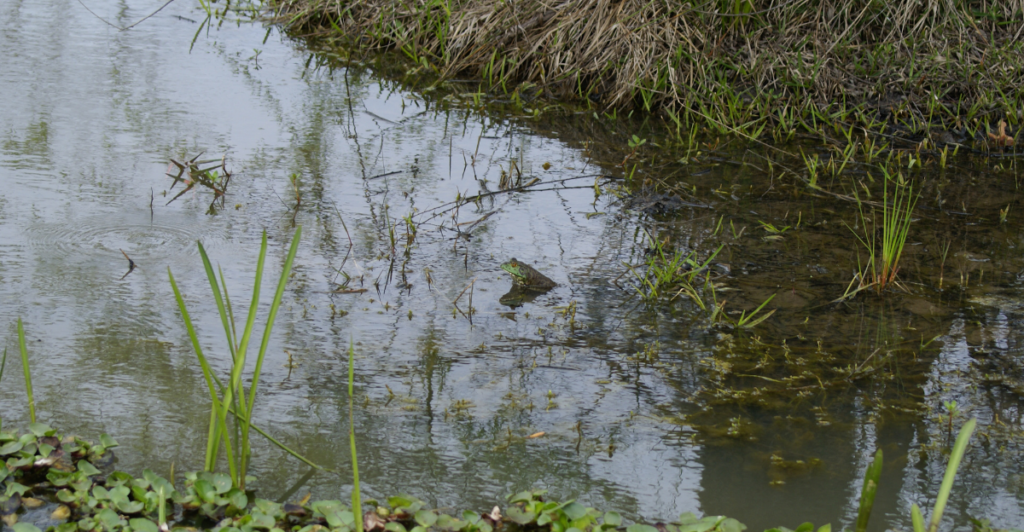
Amphibians such as Ninumbeehan dookoodukah designed themselves for dry weather by living inside mud. Estivation was the term that described this behavior which enabled them to remain alive for months without a water supply. Their specialized skulls and small underdeveloped limbs were suitable for digging purposes only. While this strategy aided their survival chances, it was not always foolproof. When you take into account that most of these burrows from Wyoming became tombs, it is evident that some creatures were unable to overcome the harsh conditions.
The Role of Advanced Technology in the Discovery

High-resolution computed tomography (HRCT) was used to examine the fossilized burrows. These scans gave clear images of the skeletons encased in rock, giving insight into their anatomy and life history. Had it not been for such technology, the identification of Ninumbeehan dookoodukah may have never happened. The CT scans allowed scientists to reconstruct the amphibians’ skeletal structure and better understand their unique adaptations.
Collaboration with Indigenous Communities

A group effort in which scientists and the Eastern Shoshone people were involved led to the discovery of Ninumbeehan dookoodukah. Researchers worked closely with local schools and elders who helped interpret the results as well as name this species. This collaboration has not only enriched this scientific finding but also shown how important it is to respect indigenous knowledge and traditions in contemporary research.
What Do the Burials Tell Us?
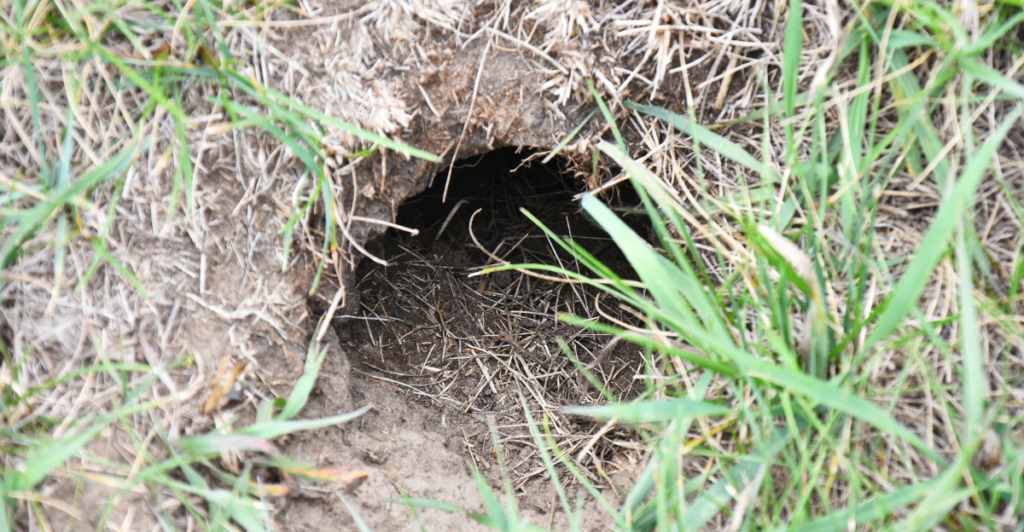
Every burrow offers a picture of life, struggle, and death. The skeletons’ positions suggest that amphibians might have entered the burrows head first, probably in search of water or refuge. Some of these burrows contained more than one skeleton, suggesting a communal strategy for survival or perhaps an attempt at last resort sheltering. These findings provide insights into prehistoric animal behavior that are both rare and personal.
Comparisons to Modern Amphibians
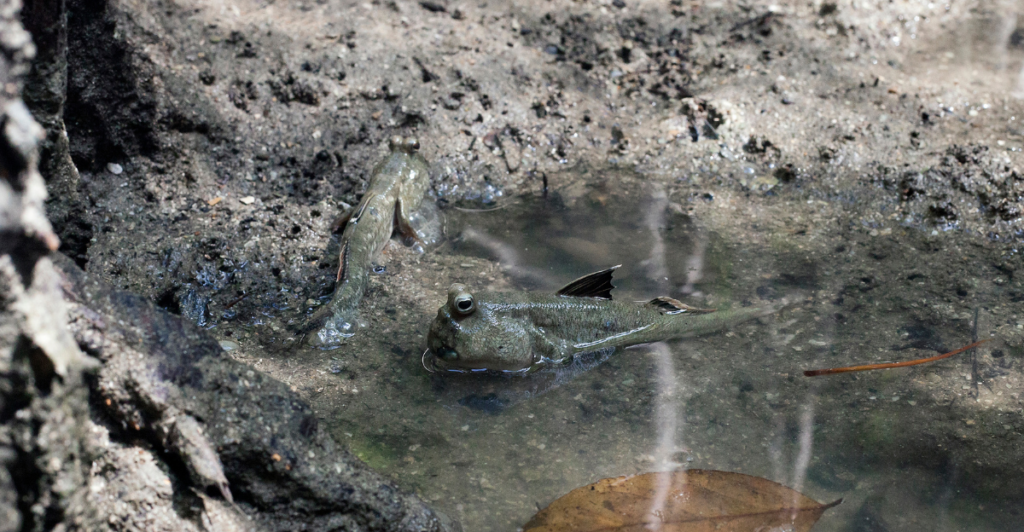
Ninumbeehan dookoodukah’s survival strategies find modern counterparts among amphibians too. For example, African lungfish still survive by burrowing deep into estivation chambers when their habitats dry out. The lessons learned from studying these ancient amphibians about resilience and adaptation amid environmental challenges are useful especially now that modern species face similar pressures from climate change.
The Significance of Fossilized Burrows
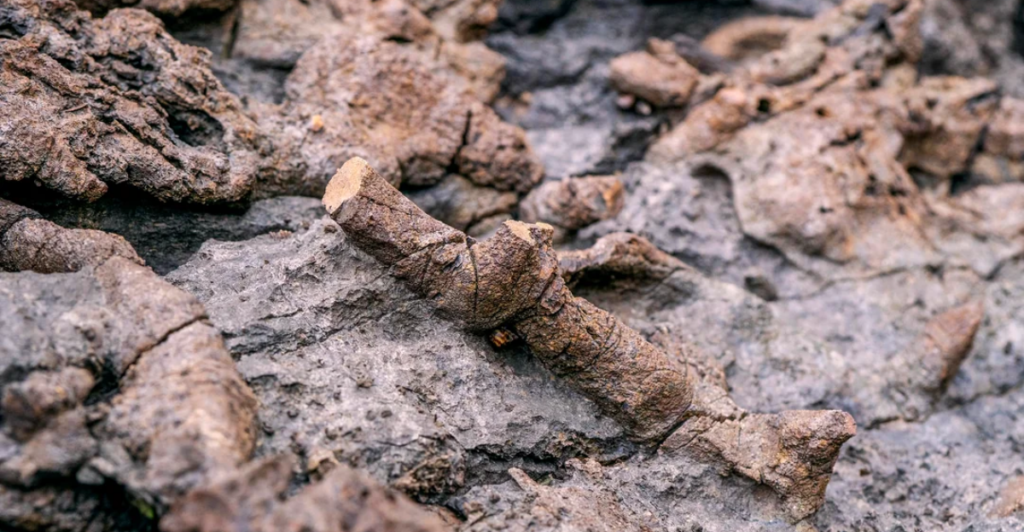
Fossilized burrows are rare and invaluable to paleontology. Unlike fossilized skeletons, which only tell part of the story, burrows offer a glimpse into behavior and lifestyle. The Wyoming discovery is one of the most extensive collections of fossilized burrows ever found, making it a landmark study in understanding prehistoric ecosystems and survival strategies.
Implications for Climate Change Research
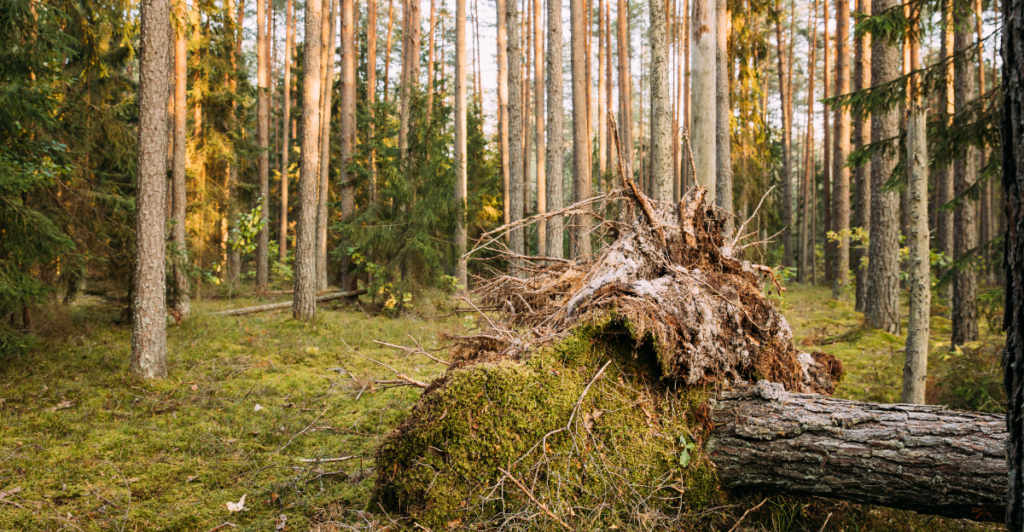
Ninumbeehan dookoodukah presents an example that environmental shifts should be handled carefully by climate change researchers. These amphibians depended on seasonal rivers exposing how fragile ecosystems may be when they rely on steady water supplies. The decline in habitats as well as varying climates among today’s amphibians should remind us that conservation efforts need to be made to maintain the balance between organisms and their environment according to nature
A Window into Prehistoric Life
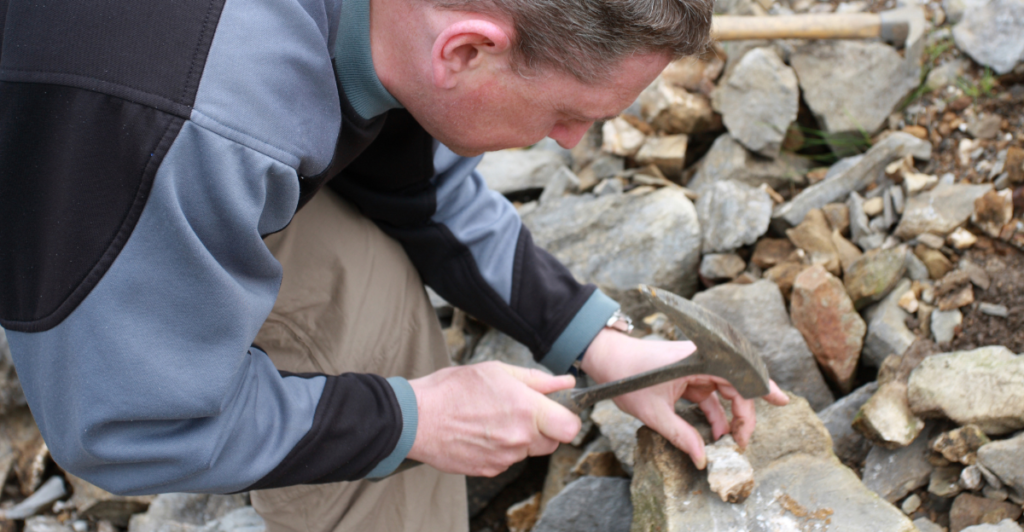
The discovery of 80 fossilized burrows containing amphibian bones is more than an achievement for science—it opens a window into the past. These burrows give an account of animals that learned how to adapt to their environment and survive, but could not fight against the harsh aspects of the natural world. Through advanced technology and collaboration with Indigenous communities, this discovery highlights the rich tapestry of prehistoric life and its enduring lessons for our planet today. The story of Ninumbeehan dookoodukah is a testament to resilience, adaptation, and the importance of preserving our natural history.
Discover more of our trending stories and follow us to keep them appearing in your feed

11 Strongest Animals On Earth and Where to Find Them
12 Bold Animals That Have No Fear of Predators – Nature’s Underrated Fighters
Tips for Bringing an Outside Cat Inside Before the Winter Comes
Best 14 Dog Breeds to Terrify Intruders
References:
80 prehistoric tombs filled with bizarre animal skulls found in Wyoming
Fossil amphibians found in burrows where they waited for the next rainy season
Amphibian fossils found in burrows reveal ancient survival strategies
Stay connected with us for more stories like this! Follow us to get the latest updates or hit the Follow button at the top of this article, and let us know what you think by leaving your feedback below. We’d love to hear from you!



